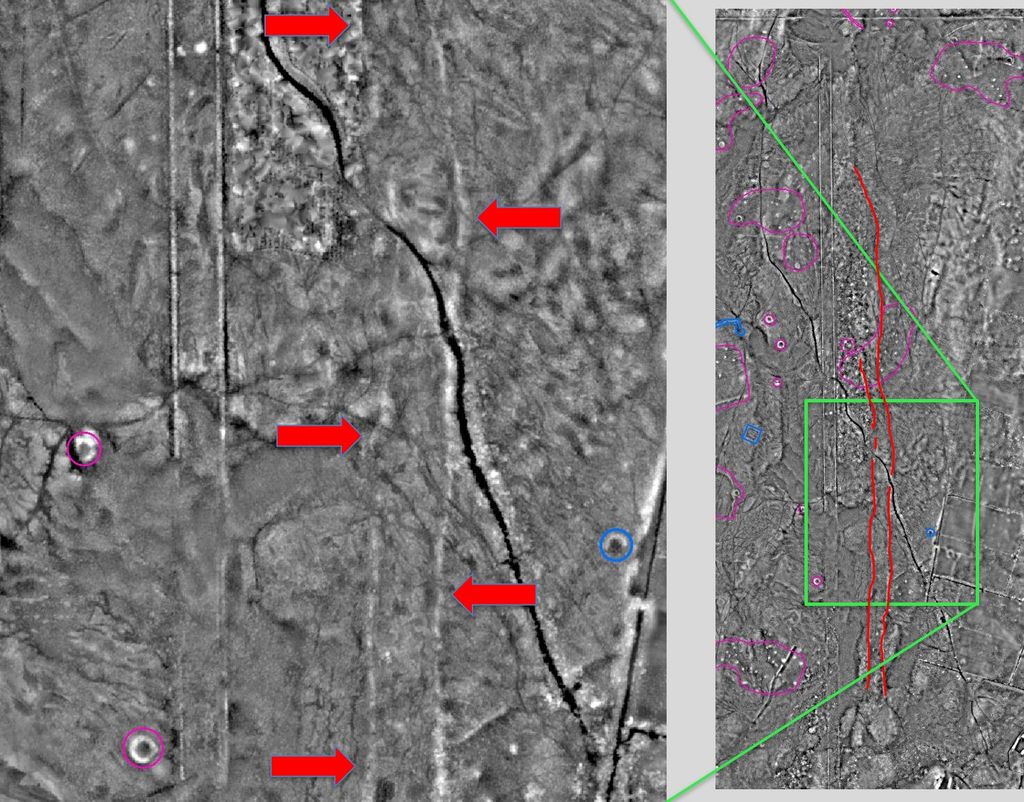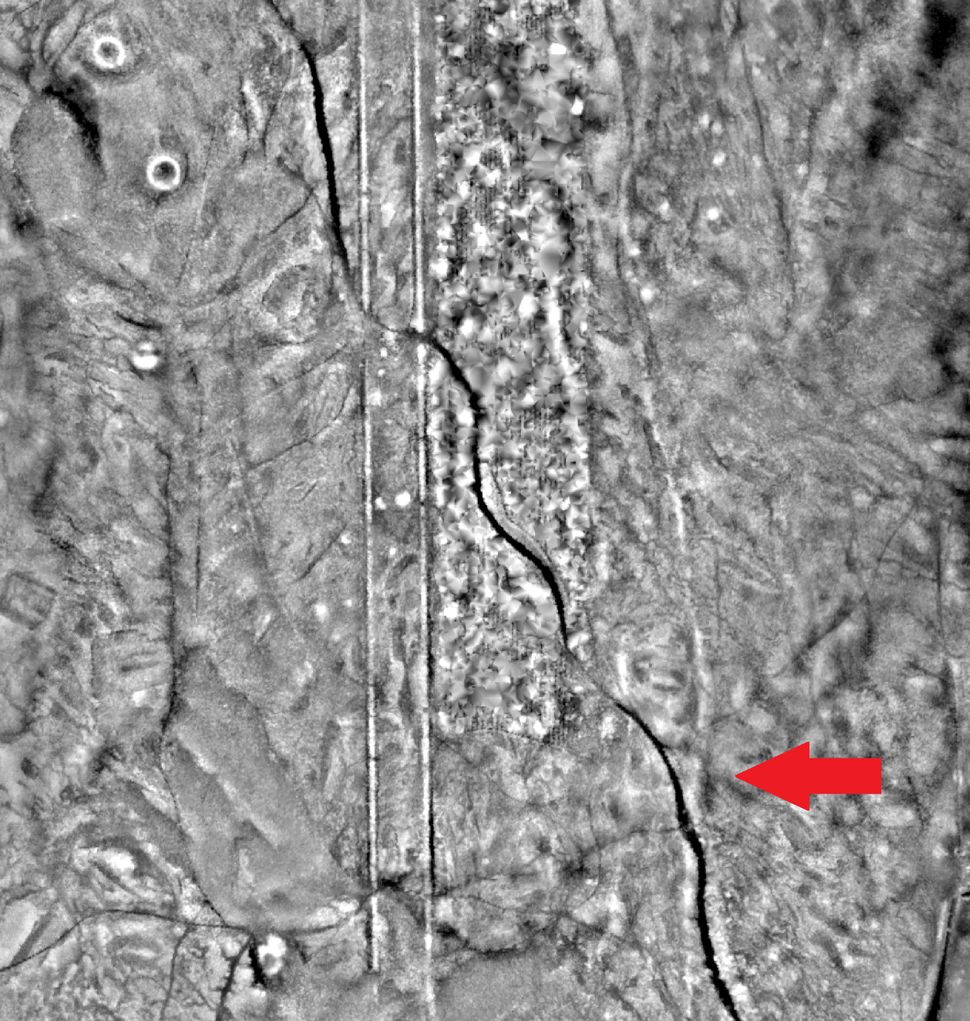Ritual monument discovered in Scotland dates to the time of Stonehenge By Yasemin Saplakoglu - Staff
By Yasemin Saplakoglu - Staff Writer 4 hours ago
It's the only such monument to be discovered on the Isle of Arran.

Using laser scans, archeologists discovered a previously unknown "cursus" monument on the Scottish Isle of Arran.
(Image: © Historic Environment Scotland)
A massive "cursus" monument, a site for ancient rituals, that was built around the same time as Stonehenge, has been discovered on the Scottish Isle of Arran.
Cursus monuments, which were constructed during the Neolithic period (4000 B.C. to 2500 B.C.) are long rectangular earthwork enclosures, meaning that they are built by modifying the land. The long enclosures were often outlined by timber posts and were used for ceremonial processions, possibly to honor the dead or worship ancestors. During some of those ceremonies, ancient people would have set those timber posts on fire, according to The Scotsman, which first reported the findings.

The mounds of the cursus monument was discovered using laser scans.
(Image credit: Historic Environment Scotland)
The particular monument, which survives as two parallel mounds, likely also had timber elements built into it, site discoverer Dave Cowley, the rapid archaeological program manager at Historic Environment Scotland, told The Scotsman. "Whether or not it was set on fire we just don't know at the moment."
Cowley and his team first discovered the monument site in 2017 while they were doing aerial surveys of the Scottish island using a technology called light detection and ranging (lidar), which unveils hidden structures by hitting the ground with lasers and measuring the light that reflects back. Lidar revealed two nearly parallel lines that extended out about 0.68 miles (1.1 kilometers) and were between 98 and 131 feet (30 and 40 meters) apart.
More:
https://www.livescience.com/neolithic-cursus-monument-discovered-scotland.html


Arran.



